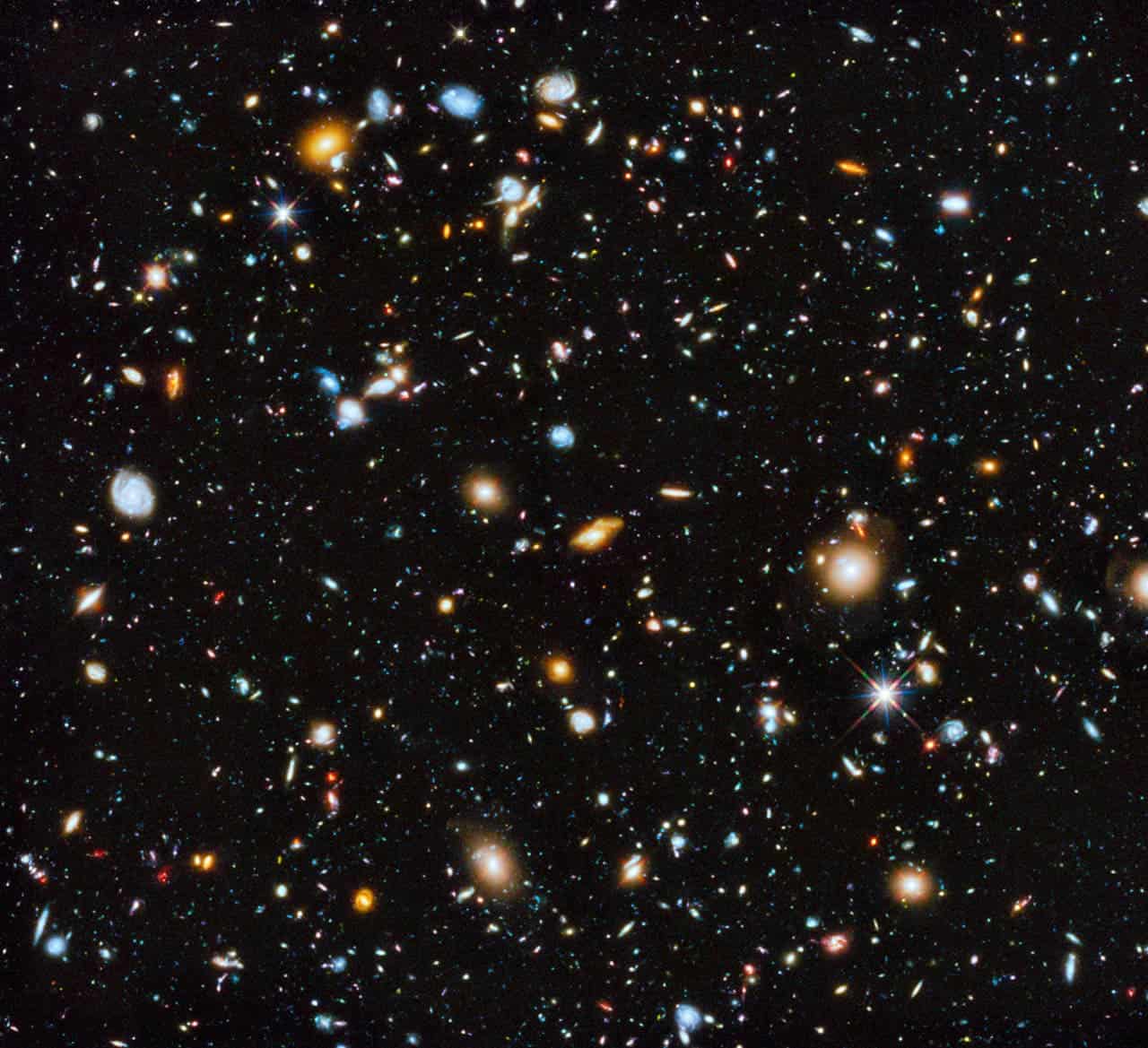We may have dramatically underestimated what lies in the Universe.

Try for a moment to ponder this: there are two trillion galaxies in the universe. The Milky Way alone has over 100 million stars. Can you even wrap your head around that? The sheer number of stars in the Universe is mind-bending, as is the possibility for life. We’ve just started scratching the surface.
“It boggles the mind that over 90% of the galaxies in the universe have yet to be studied,” commented Christopher Conselice of the University of Nottingham, who led this study. he said in a statement.
“These results are powerful evidence that a significant galaxy evolution has taken place throughout the universe’s history, which dramatically reduced the number of galaxies through mergers between them – thus reducing their total number. This gives us a verification of the so-called top-down formation of structure in the universe,” explained Conselice.
“Who knows what interesting properties we will find when we observe these galaxies with the next generation of telescopes?” he asks.
Was this helpful?



